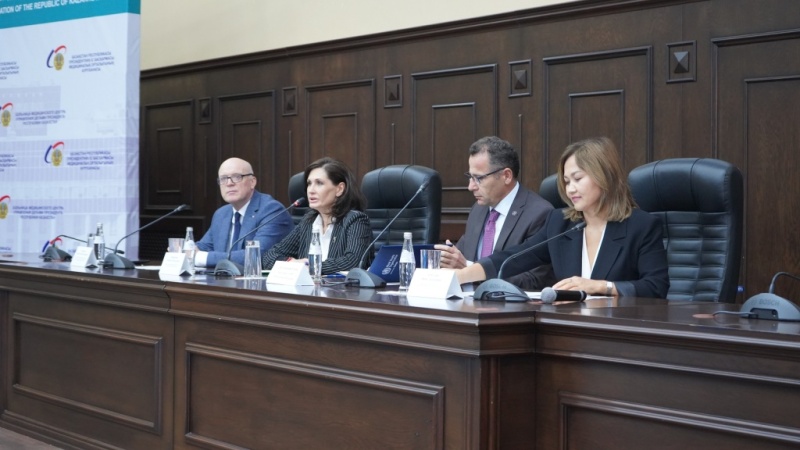
Peak time for influenza incidence in Russia in 2023 to be in early December

Over the past week, the incidence rate of ARVI (acute respiratory viral infections) and influenza in Russia has increased compared to the previous week and is now 73.6 per 10,000 population, which is 32.6% higher than the weekly epidemic threshold[1]. According to experts gathered at an international conference on respiratory medicine and prevention of ARVI and influenza in Astana, a significant increase in the incidence of respiratory diseases is expected this year in late November — early December in Kazakhstan.
Influenza and ARVI incidence in Russia traditionally rises early in autumn. This is due to a number of factors: cold weather and more social connections as students go back to school after summer holidays and adults return from vacations[2].
Doctors recommend getting vaccinated against influenza to prevent the disease and relieve symptoms. This should be done 2-3 weeks before the influenza incidence begins to increase, and the best time to get the vaccine in Russia is September-October
.According to the WHO, influenza A viruses will predominate in 2023. Professor Lioznov noted that in Russia and a number of other countries, an increase in the incidence of influenza A virus — H3N2, which was not dominant last year, is expected. This only emphasizes the need for vaccination.
Vaccination is especially indicated for risk groups: medical workers, elderly citizens, children and people with chronic diseases. Dmitry Lioznov noted that the trend is now toward using adjuvanted influenza vaccines with a low antigen dose. They have a very good safety profile for patients with concomitant diseases who may have a poor response, including older people, children, patients with chronic diseases and immunodeficiency disorders.
Dmitry Lioznov presented the results of a meta-analysis of studies of vaccines from the Grippol group®: “Vaccines cause the development of a high immune response, have a very good safety profile and lower reactogenicity associated with pain, redness, swelling at the injection site.”
1https://www.influenza.spb.ru/system/epidemic_situation/laboratory_diagnostics/
2https://www.rospotrebnadzor.ru/about/info/news/news_details.php?ELEMENT_ID=25928
Leading Russian orthopedists and rheumatologists discuss comprehensive approach to treating osteoarthritis


